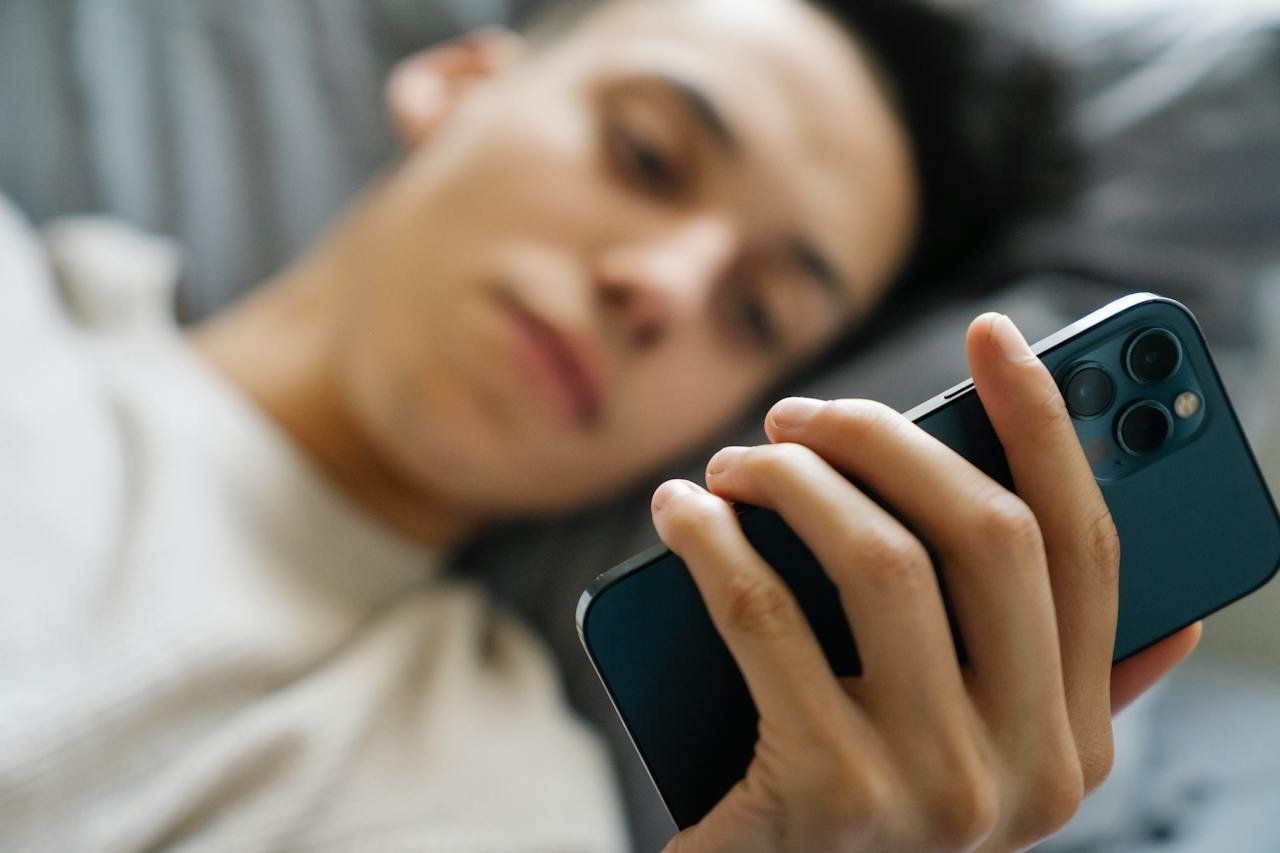Finding the Balance: How Much Screen Time is Too Much?
It’s not uncommon for children, teenagers, and even adults to spend a significant amount of time in front of screens. Whether it’s smartphones, tablets, or computers, the allure of technology is undeniable. However, as with any activity, moderation is key, and it’s important to address the question: how much screen time is too much?
In this blog article, we will explore the effects of excessive smart gadgets use time on individuals, particularly children, and provide practical tips to find a healthy balance. With a focus on health issues and the importance of creating search engine-friendly content, we aim to help readers navigate this complex topic.
The Impact of Excessive Screen Time on Health:
Extensive research has indicated that prolonged screen time can have adverse effects on both physical and mental well-being. Studies have linked excessive screen time to obesity, poor posture, eye strain, sleep disturbances, and reduced physical activity. Moreover, it has been associated with mental health concerns such as anxiety, depression, and social isolation.
Defining Appropriate Screen Time Limits:
While there is no one-size-fits-all answer, experts recommend setting screen time limits based on age. The American Academy of Pediatrics suggests that children aged 2-5 should have no more than one hour of screen time per day, while children aged 6 and older should have consistent limits and prioritize other activities.
Strategies to Manage Screen Time
- Encourage alternative activities: Engage children in physical activities, creative hobbies, or quality family time to reduce reliance on screens.
- Set screen-free zones: Establish specific areas in the home where screens are not allowed, such as bedrooms or dining areas.
- Create a screen time schedule: Implement a consistent routine that includes designated periods for screen usage, ensuring a healthy balance with other activities.
- Promote screen-free bedtime routines: Avoid screen use before bedtime to reduce sleep disruptions caused by blue light exposure.
The Role of Quality Content
While setting limits is important, it is equally crucial to prioritize the quality of screen time. Encouraging educational apps, interactive games, and age-appropriate content can help mitigate some of the negative effects of excessive screen usage.
Open Communication and Monitoring
Maintaining an open dialogue with children about their screen habits is essential. By discussing the importance of balance and its impact on health, parents can educate their children on responsible screen usage. Additionally, parental control software can assist in monitoring screen time and ensuring adherence to established limits.
“I believe in the transformative power of technology, but it’s crucial to acknowledge the delicate balance between innovation and well-being. Prolonged use of tech gadgets may offer convenience, but it comes at the cost of potential health issues. Let’s remember to embrace technology responsibly, ensuring that our devices enhance our lives without compromising our physical and mental well-being.” CEO of REPART.
Conclusion
In this era of technological advancements, it can be a daunting task to maintain a balance between the time spent on screens and other activities. While it is crucial to limit screen time for kids, it is equally important to acknowledge that screens are not always harmful. The key is to strike a healthy balance that prioritizes physical and mental well-being, while still allowing for the advantages and educational opportunities that screens offer.
In this article, we have outlined strategies that individuals can follow to achieve a balanced lifestyle that prioritizes responsible use of screens and fosters overall well-being. It’s important to remember that moderation is crucial, and finding the perfect balance can help establish a healthy relationship with technology.







